Explore all products
Delivering precision, safety, and reliability
in subsea lifting

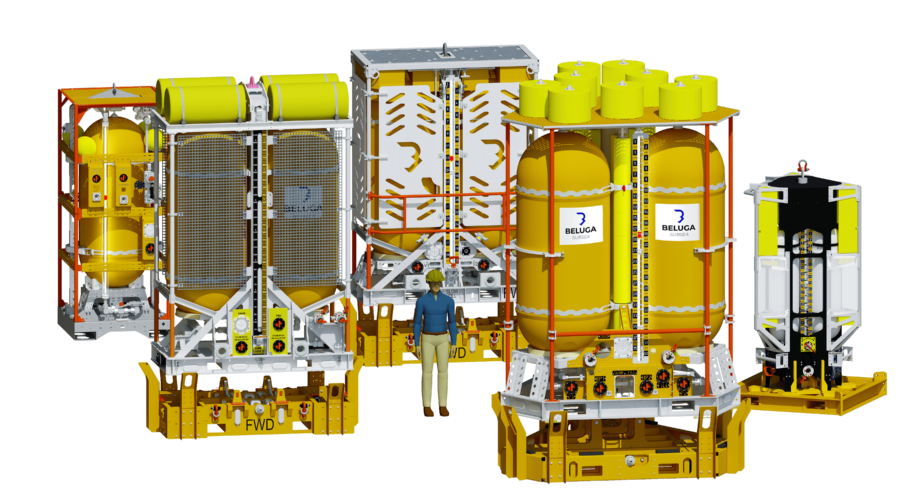
Variable Buoyancy Systems
What began as a single system for a specific subsea challenge has grown into a versatile family of Variable Buoyancy Systems. Today, the VBS range supports a variety of lifting capacities, from lighter payloads to heavy-duty offshore tasks—offering modular, reliable solutions built for precision beneath the surface.
Innovation beneath the waves
The adventure started over 30 years ago in the early 1990s. One of Norway’s biggest oil companies at the time, requested that ROVs should be able to handle variable buoyance. The driving force behind this endeavor was our Operations Manager, Jostein H. Reinsnos. Fueled by determination, he embarked on the challenge of creating a Variable Buoyancy System (VBS).
Explore the VBS Series
The VBS Series offers reliable and innovative lifting solutions tailored for subsea operations. From lightweight versatility to heavy-duty strength, find the perfect system for your offshore needs.

VBS 300 Kg
Max subsea lifting force: 300 Kg.
Equipped with 1 VBS pump.
Designed for long term submerged periods.
Depth rating is 450 MSW.
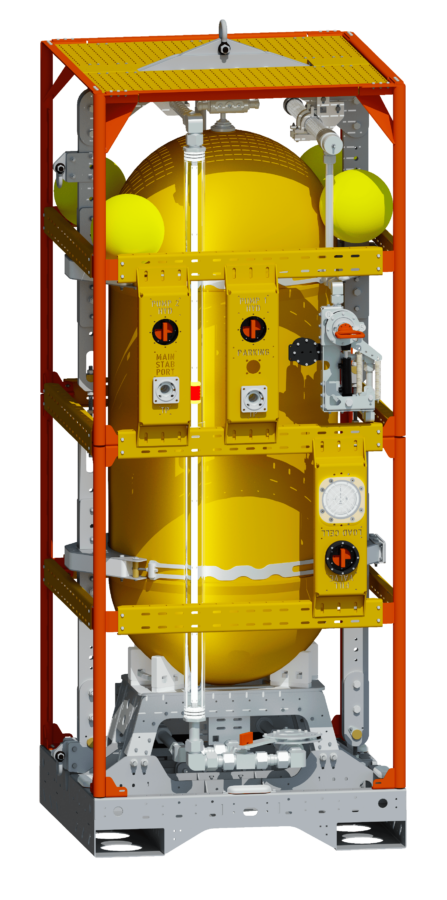
VBS 1.0 Ton
Max subsea lifting force: 1000 Kg.
Equipped with 2 VBS pump.
Designed for long term submerged periods.
Depth rating is 450 MSW.
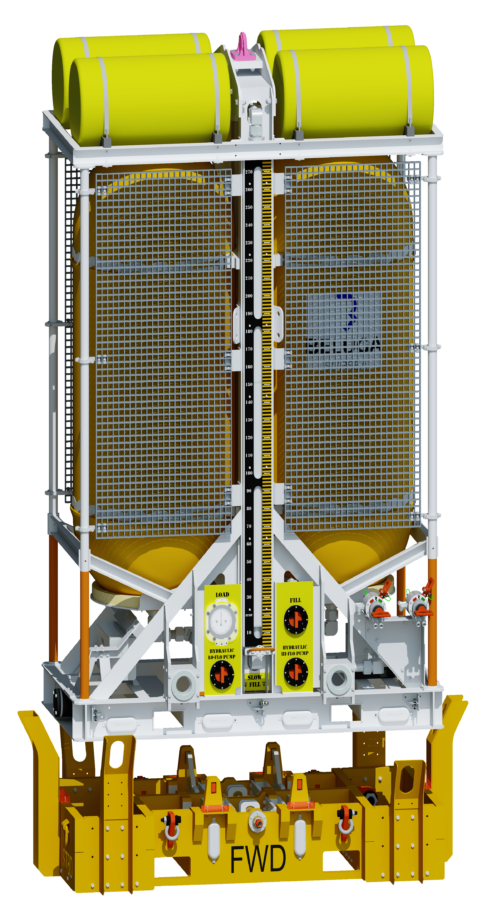
VBS 3.0 Ton Mk1
Max subsea lifting force: 3.0 Ton.
Equipped with 2 VBS pump.
Designed for long term submerged periods.
Depth rating is 450 MSW.
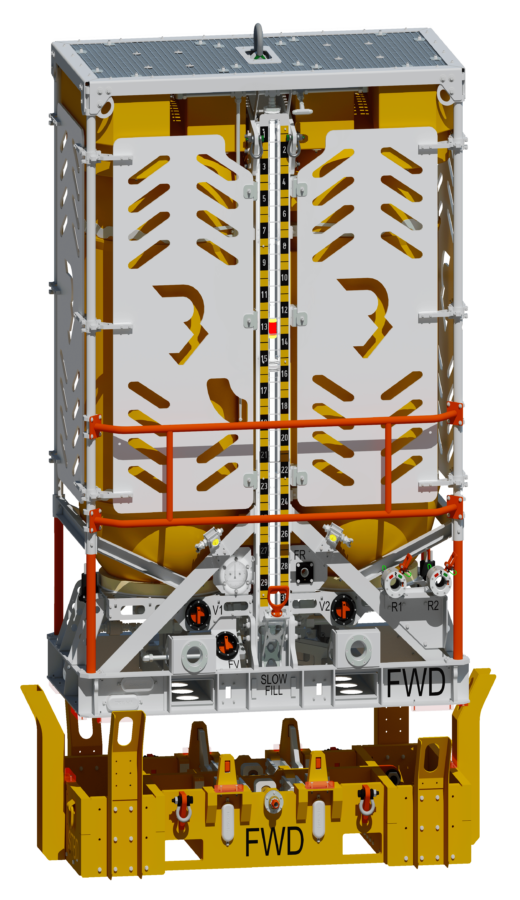
VBS 3.0 Ton Mk2
Max subsea lifting force: 3.0 Ton.
Equipped with 2 VBS pumps.
Designed for long term submerged periods.
Depth rating is 450 MSW.
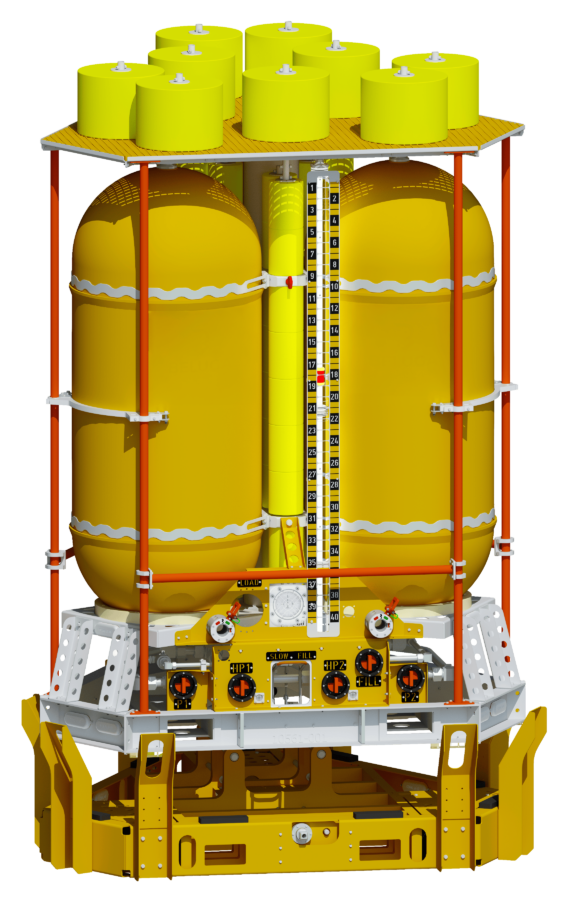
VBS 4.2 Ton
Max subsea lifting force: 4.2 Ton
Equipped with 2 VBS pumps.
Designed for long term submerged periods.
Depth rating is 450 MSW.
Explore all VBS Systems and related equipment
Operational Efficiency
With VBS you can perform intricate tasks without surface lift wires. Wet storage of equipment, parallel activities, and tooling transport are seamlessly achieved, all under ROV operation, eliminating the need for surface recovery. This streamlined approach showcases the autonomy and versatility of ROVs.
Operational Capability
Our VBS systems makes it possible for ROVs to handle larger tools with ease, with neutral buoyancy for precise control and enhanced visibility. It reduces the need for thrust. This extends the weather window for tasks – invaluable for diverse underwater missions.
Technical Benefits
Our operations exhibit a positive environmental impact while maintaining low Health, Safety, and Environment (HSE) risks. With no pressure on the deck and stable lift through the water column, we prioritize both sustainability and safety, ensuring a secure and environmentally responsible approach.
How the VBS Works
By decreasing pressure, water is pumped out, by letting in water the pressure will equalise.
Lifting capacity
Our systems offers lifting capacity between 0.5 – 8.0 tons
1.0 T
Designed for precision and ease of use, the Handyman is perfect for light-duty subsea tasks where versatility is key.
3.0 T
Built for durability, the Stronghold delivers reliable performance in tough conditions.
4.2 T
Engineered for maximum strength, the Heavyweight tackles demanding lifts with unmatched power and stability.
8.0 T
Offering tailored solutions, the Goliath provides extraordinary lifting capacity for the most ambitious offshore operations.
Vacuum and buoyancy in action
Vacuum Subsea (VBS) manipulates pressure to control buoyancy. By creating a vacuum, water is pumped out to generate uplift, lifting heavy objects. Allowing water back in equalizes pressure, reducing lift and causing the load to sink. This approach offers precise control for subsea operations.
Theory
Everything started with the question; Is it possible to a vacuum subsea? And how can it be used?
Create Void
By decreasing pressure, water is pumped out thus create an uplift force enabling VBS to lift heavy objects.
Reduce Lift
By letting in water the pressure will equalize, this reduces the lift force and the load will sink.
